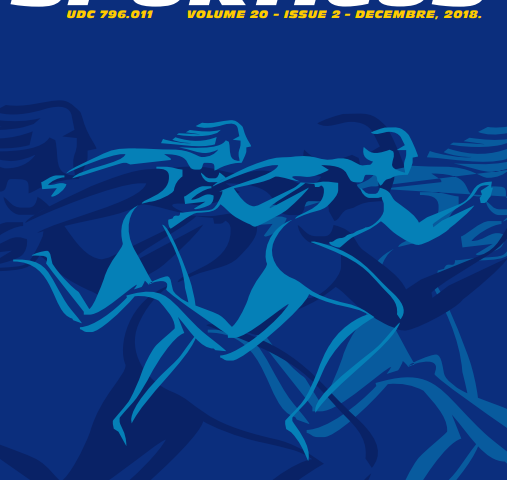Abstract
The main goal of this research was to examine the decrease in lung capacity influenced by load caused by swimming, that is, to what extent the fatigue affects the change in lung capacity and to what extent the maximal inhalation and exhalation after the 200m crawl technique section is decreased. Inadequate breathing (inadequate exchange of oxygen and carbon dioxide) causes fatigue more quickly. Breathing in water, due to hydrostatic pressure, is harder than breathing ashore. Therefore, it is harder to keep the swimmer’s body position in water. It is harder to overcome the forces which interfere the swimming, the coordination is being obstructed as well as the swimming technique. All that weakens the result, therefore the attention should be on the education of breathing technique during swimming specifically. Accordingly, the goal of this research has been set – “to determine the decrease in lung capacity influenced by load caused by swimming.” If the decrease of lung capacity is proven, the significance of training in swimming technique is affirmed. Students of the second year at Faculty of Sports and Physical Education of University of Sarajevo were involved for the research – 26 male students. During the research, four measures of the lung capacity were done, which showed that load caused by swimming influences the lung capacity negatively. T-test did not show any statistically significant difference (p=0.558) for the maximal expiratory pressure for the first second of measurement at standing in water and lying in water (p=0.225). The indicator in the sixth second, at standing in water, showed significant difference a (p=0.038, η2=0.16). At lying position, in the sixth second, the difference which was also significant (p=0.006, η2=0.27). Significant correlation of air flow in the first measurement – standing in water (p=0.023, η2=0.17) and second measurement – lying in water (p=0.050, η2=0.14) was noted. In conclusion it can be argued that the load caused after the 200m crawl technique section affects the lung capacity negatively and obstructs the breathing. As a recommendation for further work with students, but also for other swimmers of similar characteristics, it is necessary to dedicate more lessons to the practice of breathing technique.


